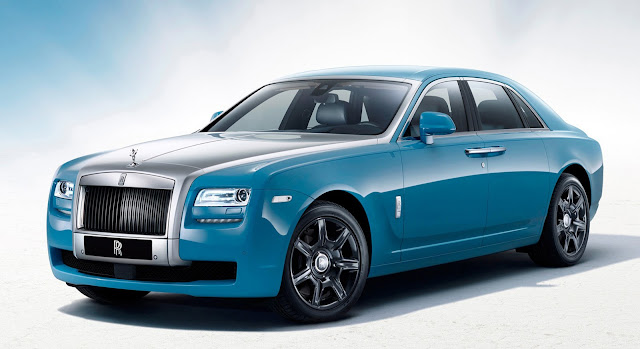This is the Aston Martin CC100, an amazing one-off sports car built to celebrate Aston Martin's anniversary in style. The speedster not only pays compliment to the company’s racing achievement – including the DBR1 that won the 1959 Le Mans 24 Hours – but also hints at what approaching Astons will look like.
Chief exterior designer Miles Nurnberg explained: “The brief was very simple, yet extremely testing: create amazing that reflects the 100 years of Aston Martin legacy and signals the prospect direction of the brand. “The idea of a speedster that waggles to the Le Mans-winning car of 1959 soon came. We had absolute freedom to shape it.”
The CC100 is powered by the latest edition of Aston’s 6.0-litre V12, and is even support on the same Vertical Horizontal platform as the Vanquish. Power is sent to the rear wheels via a sequential automatic manual gearbox with shift paddles, and the car can do 0-62mph in approximately four seconds and remain accelerating to 180mph.
There’s a large lattice grille to help remain the engine cool, and company insiders say this characteristic will emerge on future Aston road cars, as it provides improved airflow than the current slatted grille.
Extensive use of carbon-fibre hints at plans for augmented use of the lightweight substance in future – and the new Vanquish previously has an all-carbon body.
The CC100’s cabin is easy and driver-focused, with a few switches over the spread tunnel and an LCD screen following the wheel. Driver and passenger sit in carbon-fibre bucket seats and are alienated by bodywork that runs from the fedora all the way to the back of the car.





.jpg)






